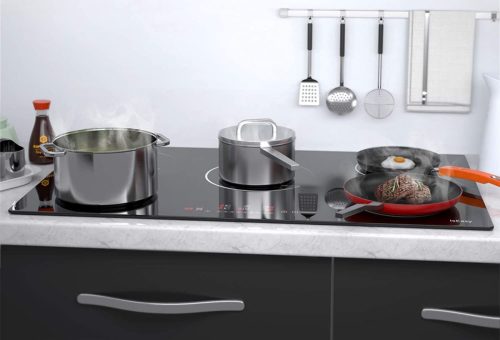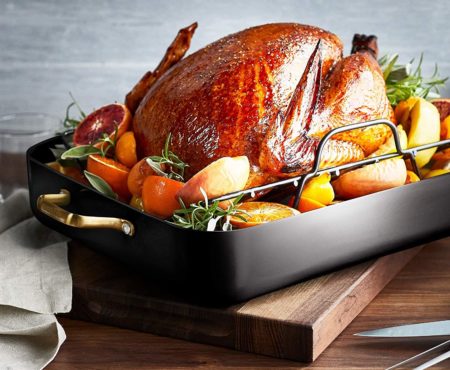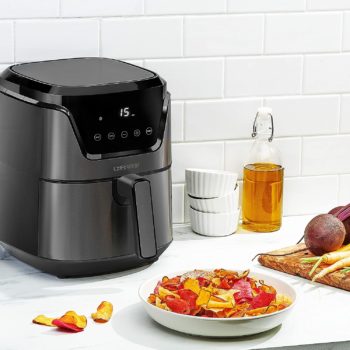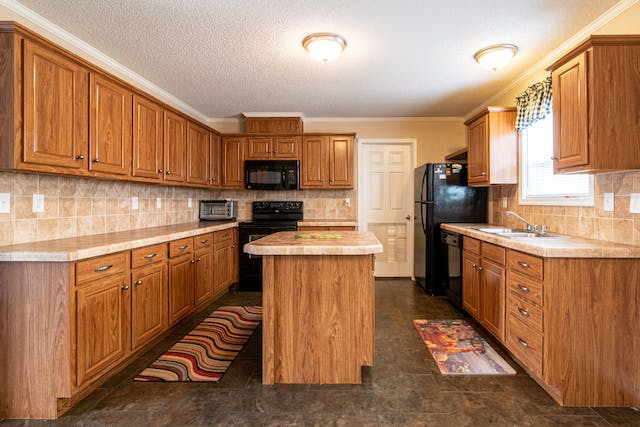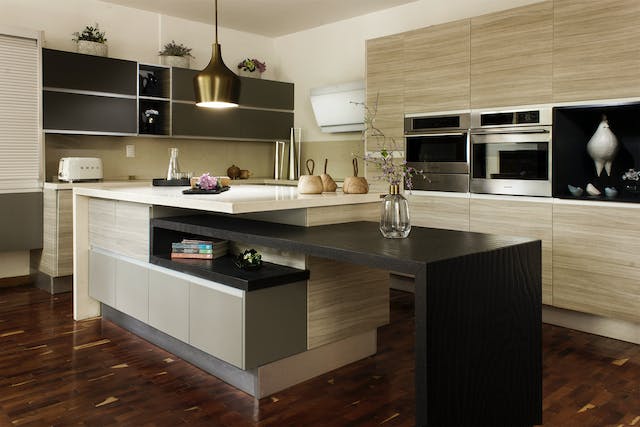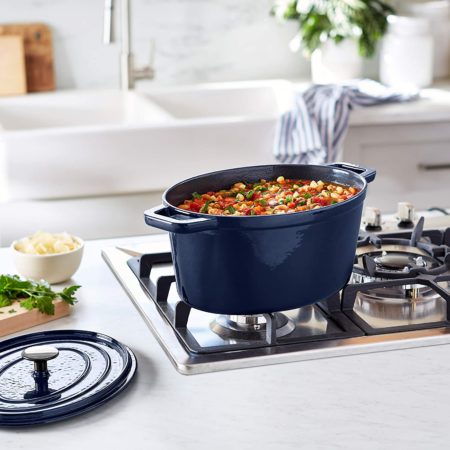Blenders and food processors have many resemblances – motorized bases with various settings, rotating blades and transparent bodies– however that does not imply they are substitutable. If you are undecided about which appliances are apt for you, you are at the spot on place. Read on to discern the dissimilarity between a blender and a food processor so you can make the prudent choice for your kitchen.
Which Do You Need: Blender Vs. Food Processor?
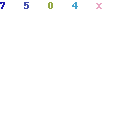
The most imperative thing to remember whenever selecting between a blender and food processor is that the two are not essentially exchangeable. Suppose you want to ramp up your kitchen’s proficiency by substituting various manual meal preparation errands with an appliance, pick a food processor. If you are searching for a gadget for all your soup plus smoothie making requirements and would not employ it for much else, the blender is the machine for you.
For those attracted to both, probabilities are you shall love it if you equip your kitchen with both a blender and a food processor. Several blenders can carry out the same chores that food processors do thus look into the specifications and description for particulars before you purchase. Please take a look at the rundown of whatever jobs each appliance does most OK hence you can resolve which one shall be best to meet your cooking requests.
Resemblances between Food Processors and Blenders
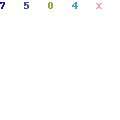
On the face of it, we have numerous similarities between a food processor and a blender. Many replicas of both appliances have a power base that shelters a motor plus a container wherein the foodstuff goes. In the containers, you will find sharp blades that aid in chopping the food. One can even utilize them equivalently for various errands—ice crushing or pureeing, for instance. In the mid-sized range, food processors and blenders appear indistinguishable as the signature feed chute is not available in most processors of this size. Furthermore, many replicas that make blenders likewise make processors. With a similar design, currently so numerous of the identical logos, the difference hazes even more.
Which is Better Blender or Food Processor?
Contingent on the objective, blenders are characteristically built with attributes that make them superior for making soups plus smoothies. Conversely, food processors have a more extensive work vessel which makes it effortless to include in constituents and comprises a diversity of add-ons to shred cheese, mix the dough or sliced carrots. It is more apt to handle denser stuff like butter and dough, which makes it ideal for mixing pizza and cookie dough.
What Recipes Do You Make Most Times?
If you are thinking about small electric kitchen devices, the sort of recipes one makes most frequently shall govern the top option for you. Generally, if you make lots of soups, sauces and drinks, get a blender, while those who like to slice vegetables quickly or love thick puree mixtures get a food processor.
Can You Employ a Blender in lieu of a Food Processor?
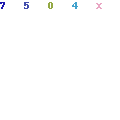
The answer is yes! Food processors are meant for food more than everything else. The blender’s power, the robustness of the blades and the volume shall determine its feasibility to be employed instead of a food processor. One can grind poultry and meat inside a blender, plus do most of the matching chores that a food processor can handle. It is the capacity that gets to be complicated. Blenders are great for one-use or slight batch employment, where a food processor could be better for massive batch cooking. As food processors are a bit quicker at slicing up hearty foodstuffs, it can save users lots of time if you are anticipated to entertain many individuals.
Prevalent Brands
Several leading blender brands comprise familiar names such as Black & Decker, Magic Bullet, KitchenAid, Oster, Cuisinart, Vita-Mix and Hamilton Beach. The best food processor makes embrace KitchenAid, Magimix, Cuisinart, Philips, Dualit and Kenwood.
Pricing
For whichever exact make, a food processor is, to some extent, more costly than a blender. Though, both these miniature kitchen implements fall in an analogous price assortment. Blenders vary from $20 to $600, though the food processors’ price might range from $40 to around $800.
Which Shall You Pick?
What is your preference? It is all contingent on the nutritional selections plus the sort of foodstuff that you consume since if you are the hearty foodstuff sort of individual, a food processor can be great for you. For those who enjoy smoothies or soups, go for blenders. Have another look at the info above and make your choice. Keep in mind that a superior blender can substitute practically all the usages of a food processor, but not the opposite.
Pitcher Vs. Work Bowl: Does the Shape Matter
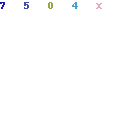
Food processors come with narrow work bowls having flat bases. They can puree fluids; nonetheless, they are awkward to pour from. In contrast, they can wipe out solids in a manner that most blenders cannot. Blenders feature deep narrowing pitchers. Whenever the blender blades revolve, they form a vortex that mixes the liquid inside the blender, permitting everything to get agreeably blitzed. If you do not have adequate liquid inside the pitcher, the whirlwind feat cannot transpire, and there isn’t even puree.
In Summation
Many persons take a blender and food processor as the same thing. Why, since it slices the food into tiny parts. Though, all the food lovers discern that the food is being cooked or processed offers it a different flavor and boosts the aroma. As you now know the dissimilarity between food processors and blenders, you distinguish that they both are imperative for the kitchen. Purchase both if you are not confined by cash or time and see how the overall cooking experience shall advance. You shall love it, plus your guests will like the aromas.
Make your salad, smoothies or dress your meal with the aid of both food processors and blenders. Regardless of perusing numerous online criticisms, you can never actually discern how aptly something functions till you utilize it. Keep the receipts always and purchase from a vendor with an excellent return guiding principle.
